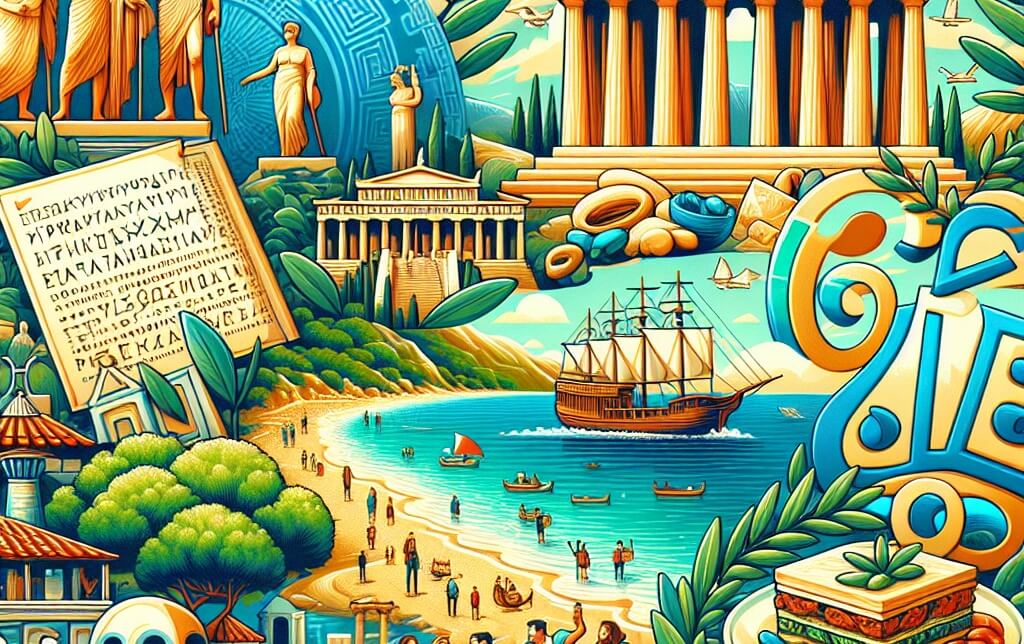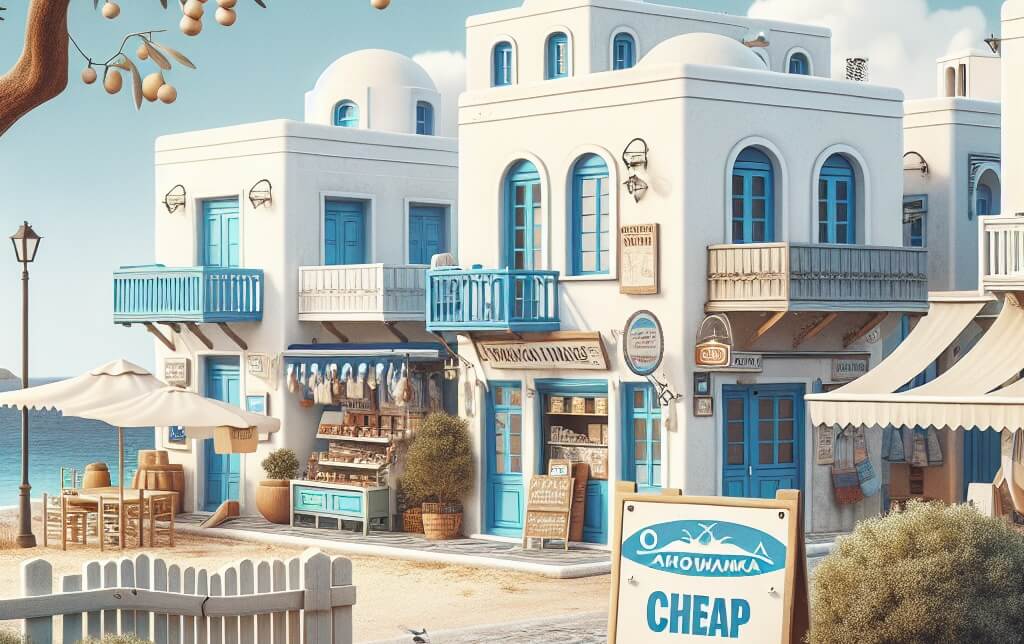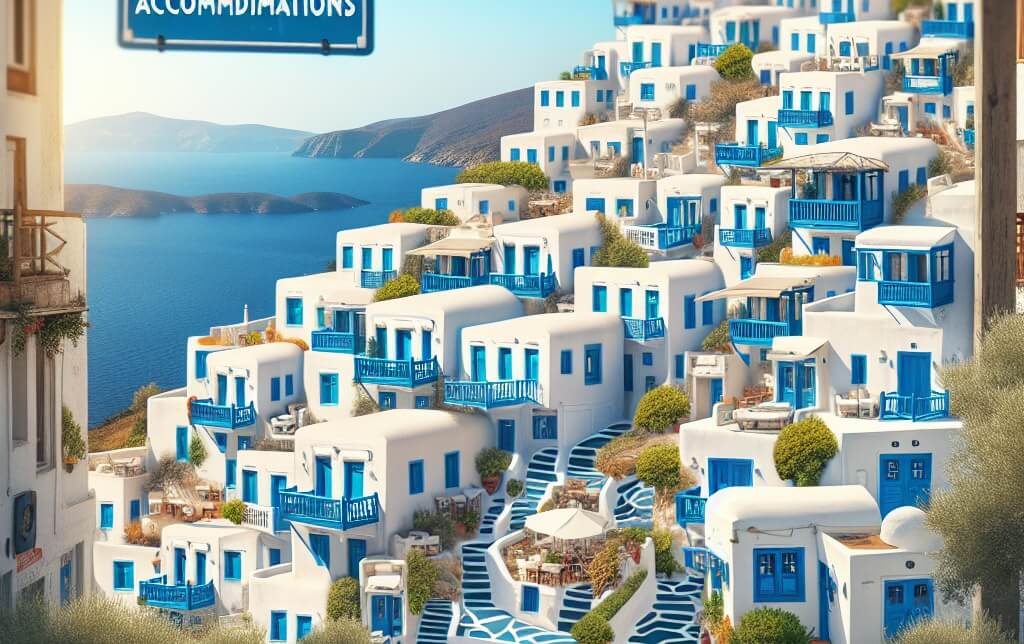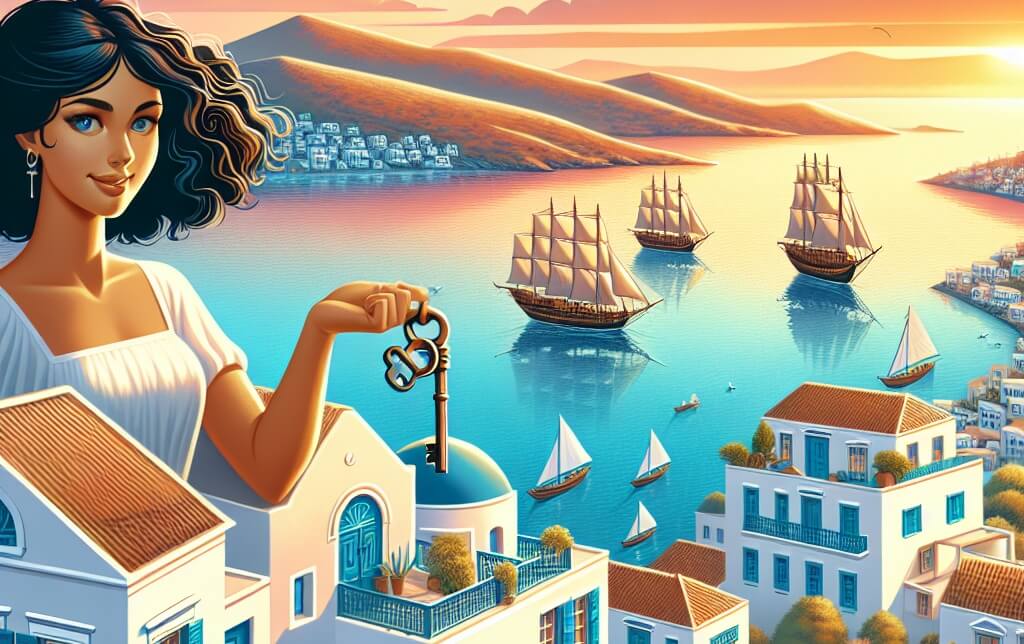
Discover Kea Island Greece: A Hidden Gem in the Cyclades
Kea Island, situated in the Cyclades archipelago of Greece, is often referred to as a hidden gem waiting to be discovered by travelers seeking a more authentic and tranquil Greek island experience. Known for its unspoiled natural beauty, picturesque villages, and rich history, Kea offers a unique blend of traditional charm and modern amenities. The island's rugged landscapes, crystal-clear waters, and sandy beaches provide the perfect backdrop for outdoor activities such as hiking, snorkeling, and swimming. With its laid-back atmosphere and welcoming locals, Kea is an ideal destination for those looking to escape the crowds and immerse themselves in the beauty of the Greek islands.
Introduction
The island of Kea, located in Greece, boasts a rich history and stunning natural beauty that attracts visitors from around the world. Its picturesque landscapes, crystal-clear waters, and charming villages make it a popular destination for those seeking a peaceful retreat in the Aegean Sea. With a history dating back to ancient times, Kea is home to archaeological sites, including the Temple of Apollo and the Lion of Kea. Additionally, the island offers a variety of activities for tourists, such as hiking, snorkeling, and exploring the local cuisine. Overall, Kea Island in Greece is a hidden gem waiting to be discovered by those seeking a unique and authentic travel experience.
Geography and Location
The geography and location of Kea Island, Greece play a significant role in shaping the island's characteristics and appeal. Situated in the Aegean Sea, Kea is part of the Cyclades archipelago and is known for its rugged terrain, pristine beaches, and charming villages. The island's strategic position has made it a hub for maritime trade and cultural exchange throughout history. Its proximity to Athens, just a short ferry ride away, makes it a popular destination for both locals and tourists seeking a peaceful retreat from the bustling city. The diverse landscape of Kea, with its mountains, valleys, and coastline, offers a range of outdoor activities and scenic vistas for visitors to enjoy.
History
The history of Kea Island, Greece is rich and diverse, spanning thousands of years of human civilization. The island has been inhabited since prehistoric times, with evidence of early settlements dating back to the Neolithic period. Throughout its history, Kea has been influenced by various civilizations, including the Minoans, Mycenaeans, Ancient Greeks, Romans, Byzantines, Venetians, and Ottomans. These different cultures have left their mark on the island, evident in the archaeological sites, ancient ruins, and historical landmarks that can be found throughout Kea. From its role as a strategic outpost in ancient times to its development as a popular tourist destination in modern times, the history of Kea Island is a testament to the enduring legacy of human civilization in the Aegean region.
Towns and Villages
Towns and villages on Kea Island, Greece, play a vital role in the local community and economy. These settlements serve as hubs for social interaction, commerce, and cultural activities, preserving the island's rich history and traditions. The towns and villages on Kea Island offer visitors a glimpse into authentic Greek island life, with charming architecture, traditional tavernas, and a welcoming atmosphere. Additionally, these settlements provide essential services and amenities for both residents and tourists, contributing to the overall quality of life on the island. The unique character and charm of the towns and villages on Kea Island make them integral to the island's identity and appeal as a destination for travelers seeking an authentic Greek experience.
Nature and Environment
The island of Kea in Greece is renowned for its stunning natural beauty and diverse environment. The pristine beaches, crystal-clear waters, and lush landscapes contribute to the unique charm of the island. The rich biodiversity of Kea's flora and fauna, including rare species of birds and plants, highlights the importance of preserving its natural environment. Efforts to protect the island's ecosystems and promote sustainable practices are crucial in ensuring the long-term health and beauty of Kea. By fostering a harmonious relationship between nature and human activities, Kea can continue to thrive as a destination that offers both tranquility and ecological richness.
Tourism and Recreation
Tourism and recreation play a vital role in the economy and cultural identity of Kea Island, Greece. With its picturesque landscapes, crystal-clear waters, and rich history, Kea has become a popular destination for both domestic and international tourists seeking relaxation and adventure. The island offers a wide range of recreational activities, including hiking, snorkeling, and exploring ancient ruins. The tourism industry on Kea provides employment opportunities for locals and contributes significantly to the island's revenue. Additionally, the influx of visitors fosters cultural exchange and promotes the preservation of Kea's traditions and heritage. Overall, tourism and recreation are essential components of Kea Island's development and sustainability.
Local Culture and Traditions
The local culture and traditions of Kea Island, Greece, are deeply rooted in the island's rich history and unique geographical location. Kea's traditional culture is characterized by its strong ties to the sea, with fishing and maritime activities playing a significant role in the daily lives of the islanders. The island's architecture, with its distinctive white-washed houses and narrow cobblestone streets, reflects the influence of both ancient and modern Greek design elements. Traditional festivals and celebrations, such as the Feast of St. John the Baptist and the Panagia Kastriani festival, are important cultural events that bring the community together to honor their heritage and customs. Overall, the local culture and traditions of Kea Island are a vital part of its identity and contribute to the island's unique charm and character.
Economy and Infrastructure
The economy and infrastructure of Kea Island, Greece, play crucial roles in shaping the overall development and sustainability of the region. As a popular destination for tourists seeking a tranquil escape, Kea's economy is heavily reliant on the tourism industry. The island's infrastructure, including transportation networks, accommodation facilities, and recreational amenities, must be well-maintained and modernized to accommodate the influx of visitors. Additionally, investments in sustainable infrastructure projects, such as renewable energy sources and waste management systems, are essential to preserve Kea's natural beauty and protect the environment. By prioritizing the enhancement of both its economy and infrastructure, Kea Island can continue to thrive as a premier tourist destination while promoting long-term sustainability and growth.
Conclusion
In conclusion, the island of Kea in Greece offers a unique blend of natural beauty, historical significance, and cultural richness that make it an ideal destination for travelers seeking a serene and authentic Greek experience. With its picturesque landscapes, charming villages, and ancient ruins, Kea provides a peaceful retreat away from the bustling tourist hubs, allowing visitors to immerse themselves in the island's tranquil ambiance. Furthermore, the warm hospitality of the locals and the delicious traditional cuisine add to the overall appeal of Kea, making it a must-visit destination for those looking to explore the hidden gems of the Greek islands.









